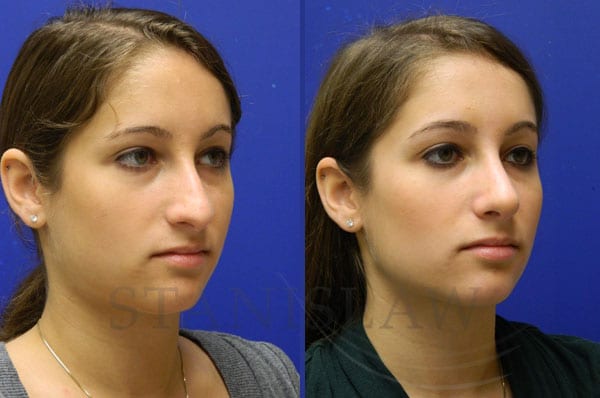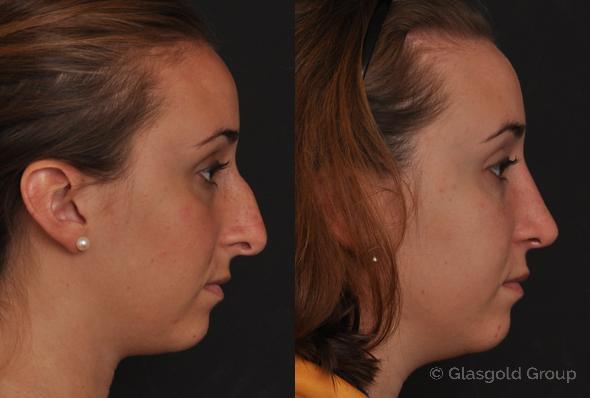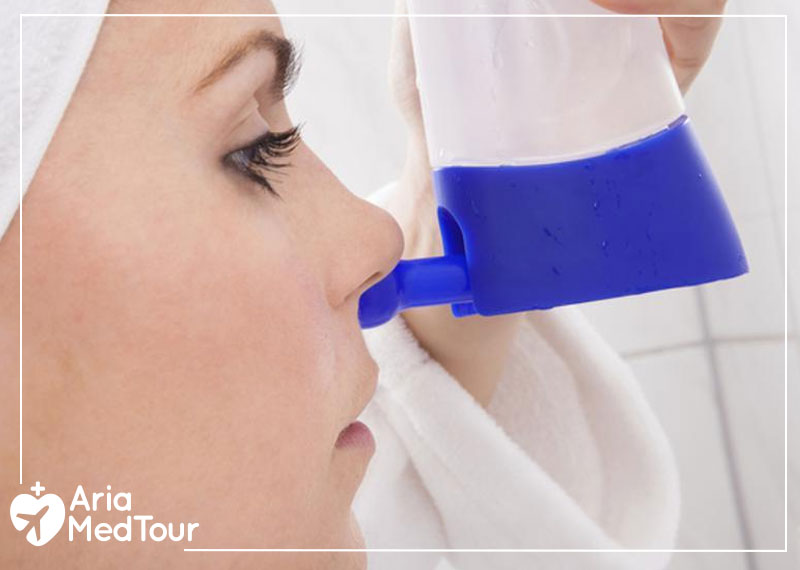How To Clean Your Nose After Rhinoplasty. Cleaning with moist towel: You may notice that some mucus will harden around your nose. Warm water can be used as it's more comfortable than cold water.

Read Customer Reviews & Find Best Sellers.
How should I sleep after rhinoplasty?
Hydrogen peroxide can destroy most of the common pathogenic organisms. Pore strips or charcoal waxes that pull out blackheads are very helpful. Warm water can be used as it's more comfortable than cold water. We highly recommend using hydrogen peroxide to clean the tissue the day after your Toronto Rhinoplasty surgery. For pain relief, take antibiotics and pain medicine as prescribed by the doctor. Shervin Naderi demonstrates his updated instructions for nose cleaning using Hydrogen Peroxide and Vaseline or antibiotic ointment after a nose.
Right after your surgery, a splint and dressings will be put into place to protect your nose and to catch any blood and discharge from the surgery. Hydrogen peroxide can destroy most of the common pathogenic organisms. Warm water can be used as it's more comfortable than cold water. Three times a day should do the trick. When you wash your face after rhinoplasty, it's important to use a gentle face soap around your nose in order to avoid irritating the area. You will be instructed to wash your face with mild astringent pads and/or non-soap cleansers, without applying pressure.
The good news is that, just like the swelling, it is not permanent and your skin should return to its previous condition in just a few months. You should avoid blowing your nose in the first four weeks. Those who want to have a well-shaped nose can now undergo Rhinoplasty Surgery.






